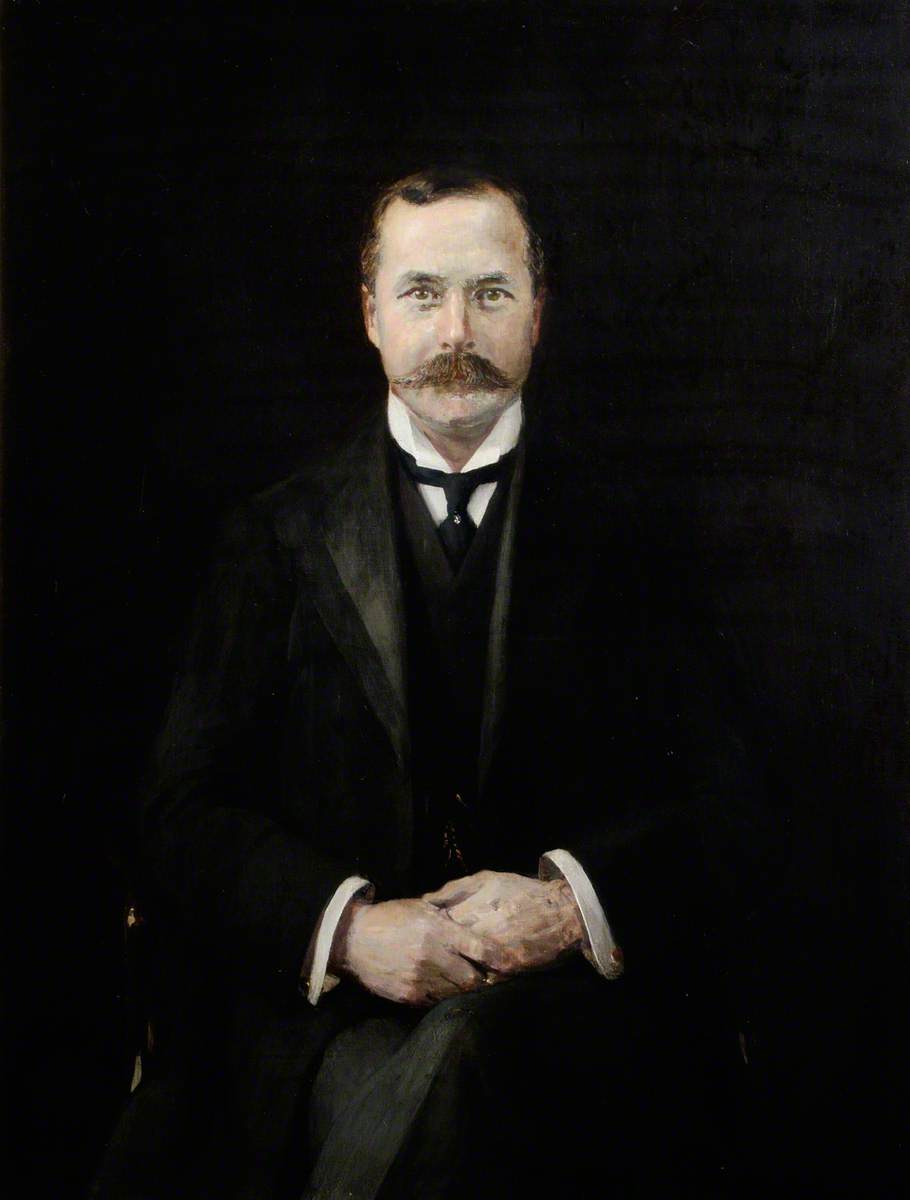 Peter Johnson Freyer was born on the 2 July 1851 in County Galway in Ireland. He went to Queen's College Galway to study medicine and then to Dr Stevens' Hospital in Dublin to complete his clinical studies. After graduation, he spent some time in Paris, where he would have undoubtedly been exposed to the recently developed lithotrite, used to crush bladder stones. In 1875, Freyer took the entry examinations for the Indian Medical Service; he came first.
Peter Johnson Freyer was born on the 2 July 1851 in County Galway in Ireland. He went to Queen's College Galway to study medicine and then to Dr Stevens' Hospital in Dublin to complete his clinical studies. After graduation, he spent some time in Paris, where he would have undoubtedly been exposed to the recently developed lithotrite, used to crush bladder stones. In 1875, Freyer took the entry examinations for the Indian Medical Service; he came first.
Freyer became an officer in the Bengal Medical Service and practised as a military and civilian surgeon in Northern India. He spoke Hindustani well and, as a British Officer, was part of the upper class social circuit of the Raj, often joining local Indian princes on tiger hunts and elephant round-ups. He became well versed in the management of diseases common to that part of the world, in particular cataracts and bladder stones. He quickly adopted Bigelow's new operation of "Lithotrity at a single sitting" or Litholapaxy. He became an expert and, due to the successful treatment of Bahadur Ali Khan, the Nawab of Rampur, he became very rich.
In 1897, on his return to London, he joined the staff of St Peter's hospital for the Stone. In 1900, he began operating on the obstructing prostate, enucleating the adenoma transvesically. He controversially claimed the technique as his own. Freyer published and taught his technique extensively, and finally popularised a surgical alternative to the "catheter life" of men with obstructive prostates.
During the First World War, Freyer re-joined the army with his former rank of Colonel and took charge of the medical services of Sussex in the Eastern Command. This included Brighton, where the wounded troops of Britain's Indian Army were treated. His knowledge of Indian language, food and customs, including burial rites, were helpful assets.
As the most well-known British surgeon with an interest in urology, he was chosen as the first president of the new urology section of the RSM. In his presidential address, at the first meeting on 17 March 1920, he mapped out the vast advances in urology over the previous 45 years. Happy, if a little surprised that urology been recognised as a speciality, and also that it had been granted significant status with a full section, he saw this as a “healthy advance of the surgical world in England”, which was, in the recognition of urology, behind many other countries. Freyer felt the new section would create a “healthy and friendly rivalry” between urologists, allowing them to co-ordinate their work, leading to a “favourable influence in continuing the progress of [urology]”.
Sir Peter Freyer died at his home at 27 Harley Street on 9 September 1921 aged 70. His body was taken home to Ireland for burial where he was born, in Galway.
Read Sir Peter Freyer's 1920 Presidential address